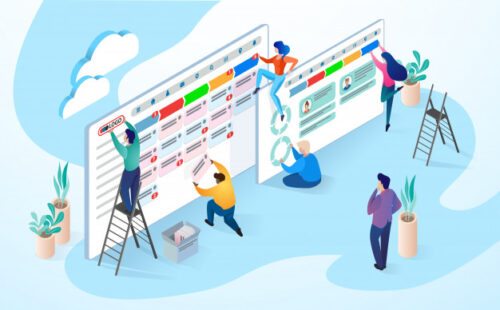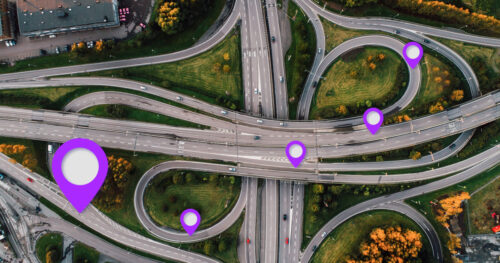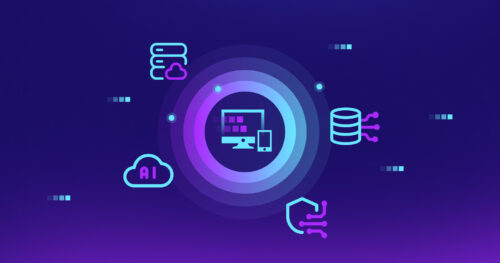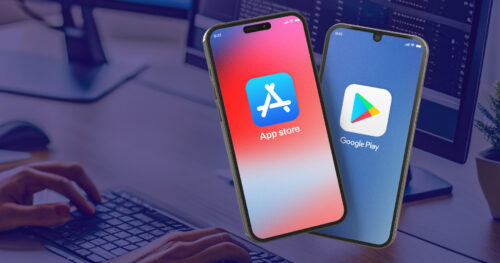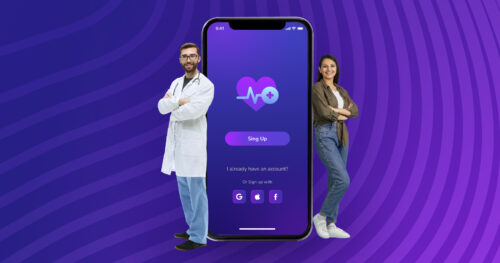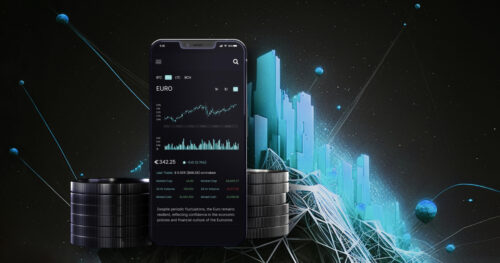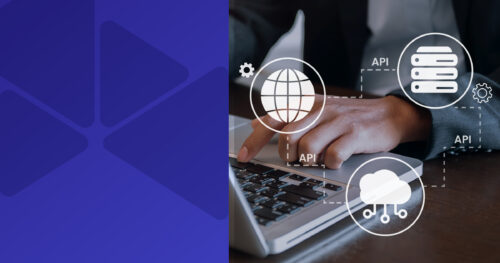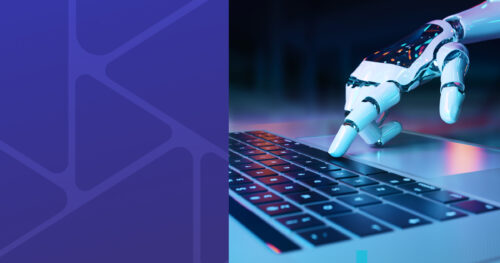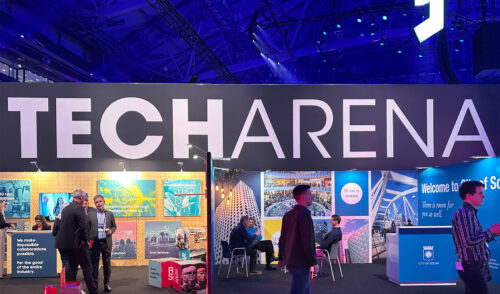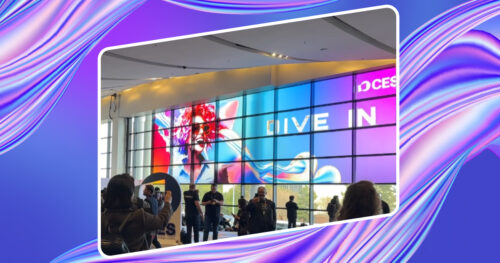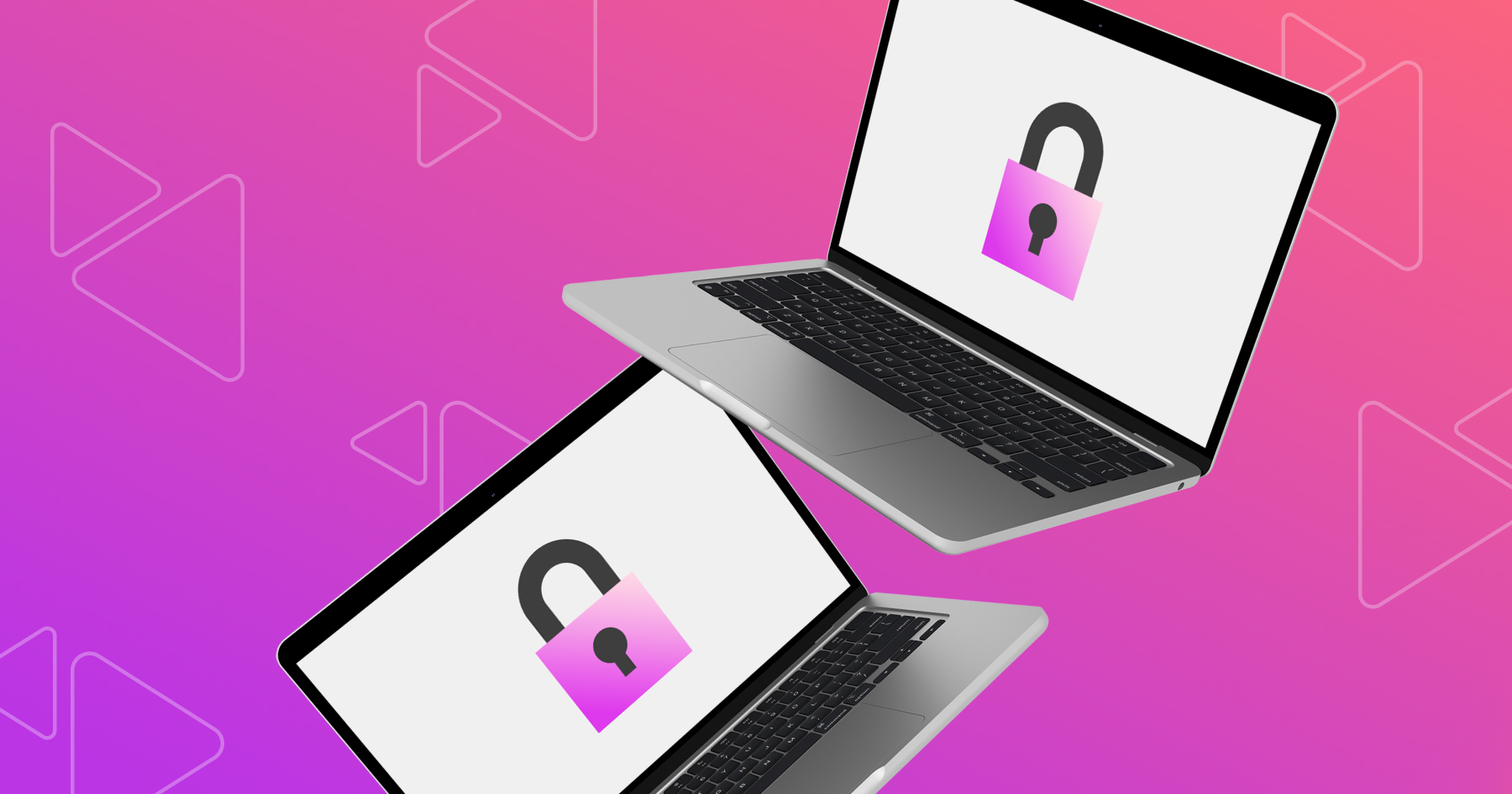Finding great talent is a critical process for any business, and today’s market offers a variety of models to get it right. One popular approach is the Build-Operate-Transfer (BOT) model, which allows companies to scale efficiently while retaining long-term control. With our experience in building high-performing development teams, we at DigitalMara understand the challenges and opportunities involved. In this guide, we follow the model step by step, explaining crucial points.
What is the BOT model?
Traditionally, BOT stands for Build, Operate, Transfer. However, at DigitalMara, we view BOT as a five-phase journey that begins with Engage and ends with a fully independent Customer’s company.
- Engage is the initial phase that lays the foundation for a successful partnership. The parties define business objectives, project scope, and key requirements, and sign the first legal agreements. The vendor submits a tailored roadmap with timelines, milestones, and key deliverables.
- The Build phase speaks for itself. The vendor recruits top-tier developers, engineers, and IT specialists corresponding to the customer’s specific needs. Along with this, the necessary infrastructure, tools, and processes are being created to ensure smooth operations and effective collaboration. The vendor sets up initial workflows, onboarding procedures, and training programs. Meanwhile, the client approves key hires and maintains full visibility into the process.
- During the Operate phase, the vendor takes full responsibility for day-to-day operations and manages project execution and quality assurance. This refers to implementing best practices in software development, DevOps, and security, continuous training and performance monitoring, and seamless communication and collaboration. The client retains strategic oversight and has full visibility into project progress, team performance, and key quality metrics through a reporting system.
- The Transfer phase marks the transition of the fully functioning team and processes into the customer’s ownership. The vendor executes a gradual and well-coordinated knowledge transfer, ensuring uninterrupted operations during this time. This includes supporting all legal and administrative procedures, as well as handing over all documentation. At this stage, the client gains full control over team management, with all intellectual property, infrastructure, and assets seamlessly integrated into the company’s internal workflows. To guarantee long-term success, the vendor continues to help even after the transition is complete.
- In the final phase, the client takes full ownership of an Offshore Development Center (ODC), now functioning as an integral part of their company. While the vendor may continue to offer support, such as performance monitoring, warranty services, or local regulatory guidance, it retains no claim to intellectual property or proprietary assets. This ensures that the client benefits from long-term operational autonomy, strategic flexibility, and full integration of the offshore team into their core business.
Benefits of the BOT model
This model brings several benefits to companies:
- BOT is cost-efficient. It allows companies to reduce overhead by leveraging external expertise and infrastructure in the initial phases, minimizing upfront investments and optimizing long-term operational costs through a gradual transition of ownership.
- BOT provides access to skilled professionals from the global talent pool. The vendor assembles a team with all the required expertise and provides onboarding and training.
- BOT supports scaling. As business needs evolve, the model makes it easy to grow teams, expand infrastructure, or introduce new capabilities without disrupting core operations.
- BOT supports faster time-to-market. With dedicated teams and ready-to-go infrastructure, companies can accelerate product development timelines.
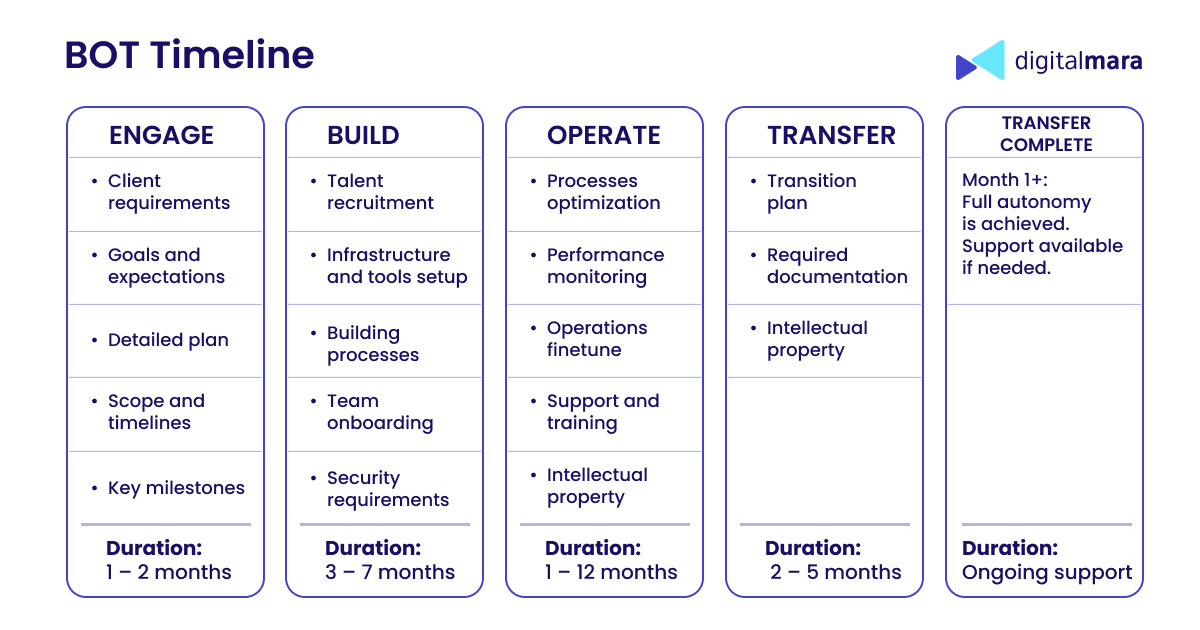
Who is responsible for security in the BOT model?
In general, in the BOT model, responsibility for security is shared between both sides. However, during the Build and Operate phases, the primary focus belongs to the vendor. This includes provisioning secure development environments with data encryption standards and role-based access control, and maintaining compliance with relevant regulatory frameworks such as GDPR, ISO/IEC 27001, or SOC 2, depending on the industry and region. Ongoing security control includes conducting vulnerability scans and monitoring logs for threats. Security audits and penetration testing are commonly performed during this period to ensure the systems are hardened before the transfer.
In the Transfer phase, responsibility for security begins to shift to the client and ends with full ownership. Following the security transition plan, the vendor transfers credentials, policies, and compliance documentation and conducts training for internal security teams. This process ensures the client is prepared to maintain and evolve security measures without relying on the provider. The client assumes full accountability for safeguarding infrastructure, applications, and data.
Cost structure in the BOT model
The BOT model requires financial investments. Moreover, each stage comes with its own set of costs. Understanding these categories helps companies avoid hidden expenses and plan for sustainable growth. Accurate and transparent budgeting is crucial for project success.
Setup costs
This phase covers the initial investment needed to establish the offshore or nearshore software development center:
- Computing infrastructure includes all necessary hardware and software licenses, along with setting up physical and virtual workspaces.
- Communication infrastructure includes networking equipment, telephony systems, internet lines, VPNs, and other tools.
- Some industries, such as finance and healthcare, require an isolated infrastructure setup for enhanced security.
- Team augmentation costs include expenses related to recruiting, onboarding, and training.
Operating costs
One of the primary costs is the monthly fee paid for each team member involved, which typically covers their salaries, benefits, and administrative support. In addition, companies must account for regular maintenance and updates to both software and hardware systems. Another point is continuous professional development programs and business trips for the team.
Transferring costs
In the final phase, when ownership is officially transferred to the client, several types of costs may arise. If the infrastructure was not fully acquired during the initial setup stage, the client might be required to purchase or license it from the service provider at this point. Additionally, a personnel transfer fee may be incurred. This is a one-time cost that covers the legal and administrative process of moving employment contracts, benefits, and responsibilities to the client’s company. Often, there is also the need for knowledge transfer support.
Documents in the BOT model
Clear documentation is essential to structure the relationship between the vendor and the customer at every phase. Below is an overview of the key legal and operational documents typically involved.
Phase 1: Engage
The process begins with signing two fundamental agreements. The Master Services Agreement (MSA) defines the overall terms and conditions of the collaboration, including the scope of services, payment terms, liabilities, and dispute resolution mechanisms. It also ensures compliance with local laws and industry standards. Alongside the MSA, a Non-Disclosure Agreement (NDA) protects sensitive business information. The NDA covers proprietary data, intellectual property, and trade secrets, ensuring that both parties are safeguarded against unauthorized disclosure.
Phase 2: Build
Initiating this phase requires an outline of operational and ownership details. The Statement of Work (SOW) specifies project requirements, deliverables, and timelines. SOW defines roles, responsibilities, and success metrics to ensure the teams are clearly aligned. An Intellectual Property Rights (IPR) Agreement is critical to ensure that all developed assets, including software, designs, and documentation, are fully assigned to the customer, with no claims retained by the vendor. It also defines the timelines and conditions for ownership transfer.
The third item in the series is a Data Protection & Security Agreement. It ensures robust protection of customer data, detailing compliance measures to meet standards such as GDPR or HIPAA, and specifying storage, processing, and access control policies.
Phase 3: Operate
As the operational phase begins, focus shifts to performance and transparency. Service-Level Agreements (SLAs), often embedded within the SOW, define performance standards, monitoring protocols, and reporting structures to maintain consistent service quality. To promote ongoing accountability, Periodic Review & Compliance Reports are conducted, providing regular audits and updates on project health, security, and adherence to agreed standards.
Phase 4: Transfer
Final documentation ensures a smooth handover of ownership. The Team Transfer Agreement legally covers the transition of employees from the vendor to the customer, preserving continuity and retaining knowledge. The last thing to be executed is an Exit & Transition Plan, which details the full process of transferring ownership of the Offshore Development Center (ODC), including knowledge transfer, operational handover, support conditions, and final steps to guarantee a seamless conclusion to the BOT project.
Final words
At DigitalMara, we provide a Build-Operate-Transfer (BOT) model, enabling businesses to establish high-performing development teams with minimal risk and maximum efficiency. Choosing this approach, clients can concentrate on their core competencies and strategic objectives, while we handle the complexities of talent acquisition, infrastructure setup, and operational management.






